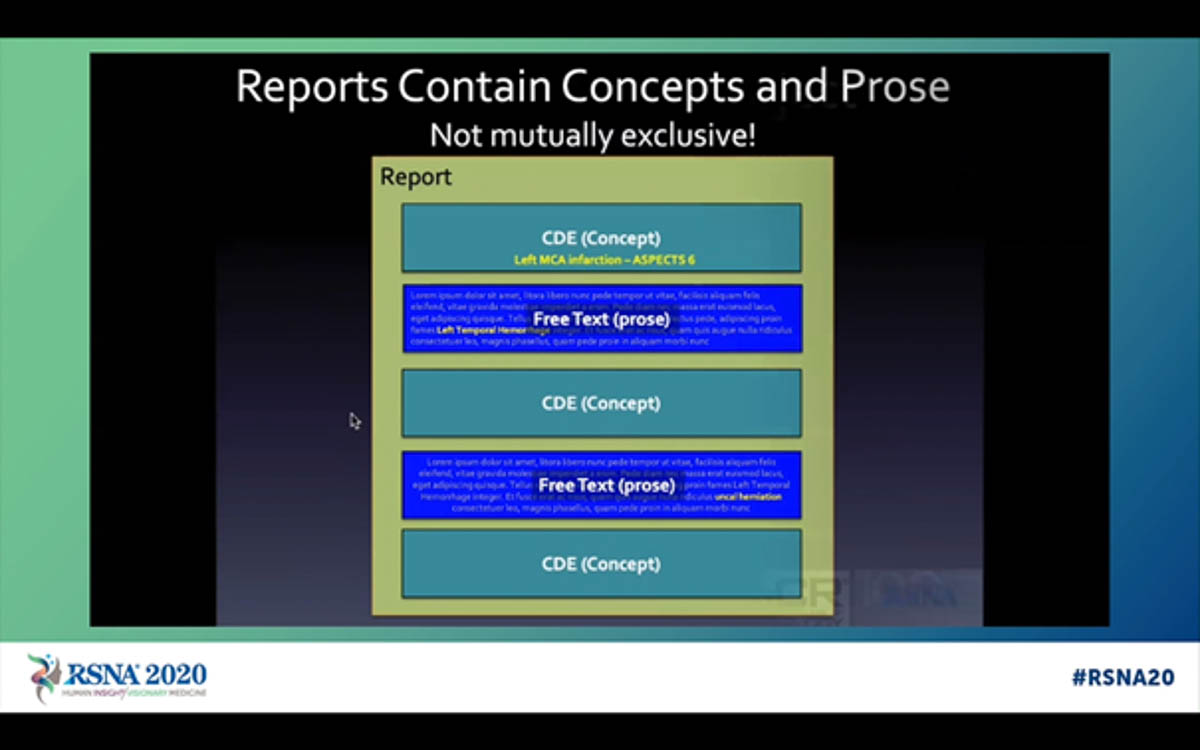Quand il s’agit de rédiger un compte rendu radiologique, vous préférez du texte libre ou un modèle structuré ? Le 29 novembre 2020, une session du congrès de la Société nord-américaine de radiologie (RSNA) a fait débattre des supporters des deux approches
Celui qui défend le compte rendu structuré
Le premier, Adam Flanders, est radiologue, codirecteur de l’unité de neuroradiologie à hôpital universitaire Thomas Jefferson de Philadelphie (Pennsylvanie, États-Unis) et vice-président de l’imagerie informatique. Dans un article de la revue Academic Radiology, il explique pourquoi une structure imposée est nécessaire dans le compte rendu radiologique [1]. Le flux de travail traditionnel consiste à réaliser les images, les étudier, identifier les anomalies, les caractériser pour notamment établir un diagnostic, rappelle-t-il. Il est toujours possible d’améliorer la chaîne de production, notamment grâce au maching learning, et aux automatisations mais le compte rendu, constate-t-il, « reste trè









Discussion
Aucun commentaire
Commenter cet article